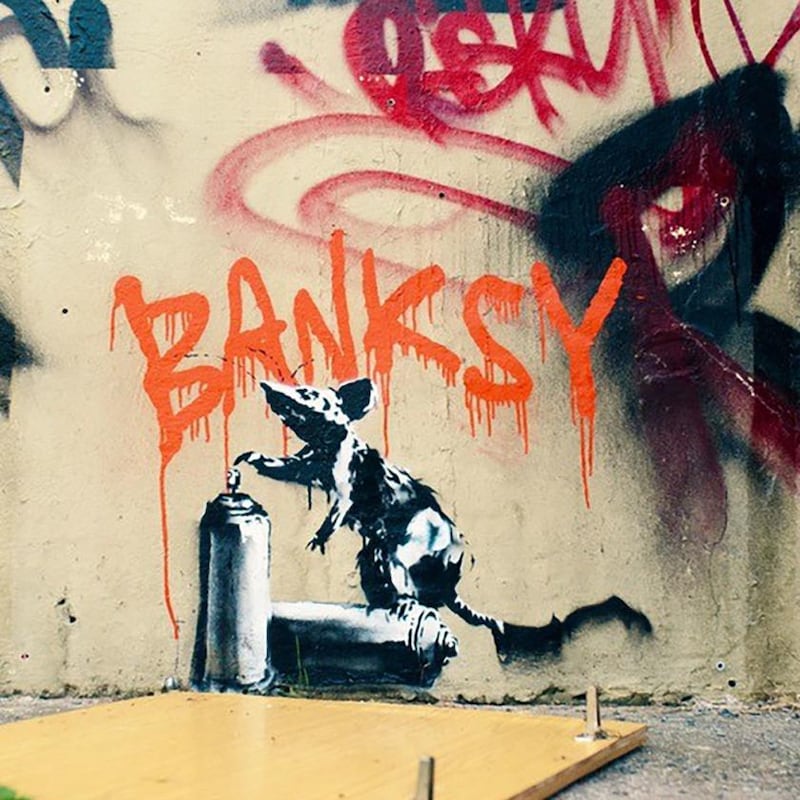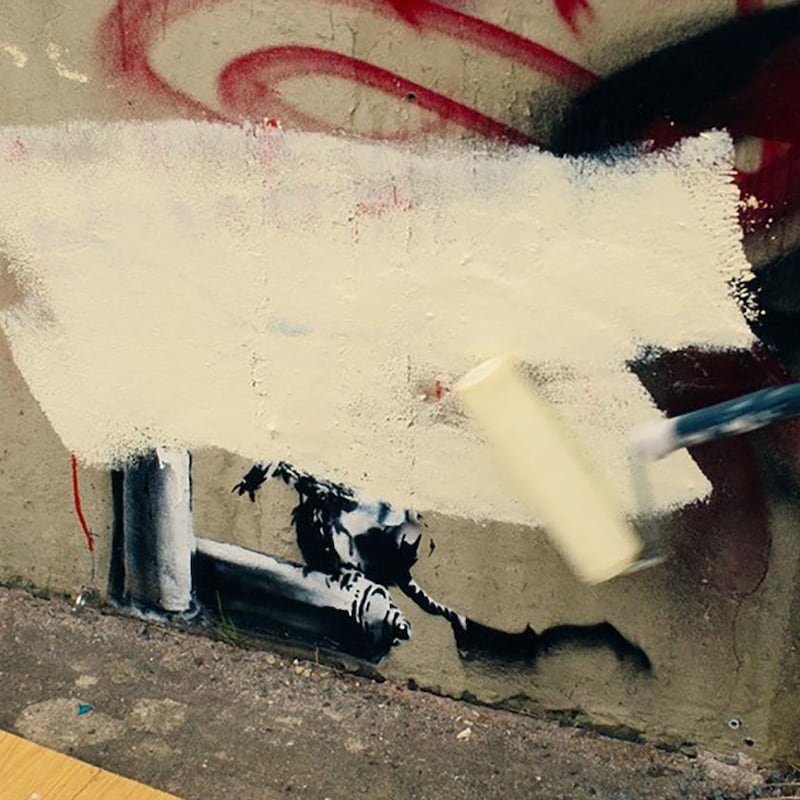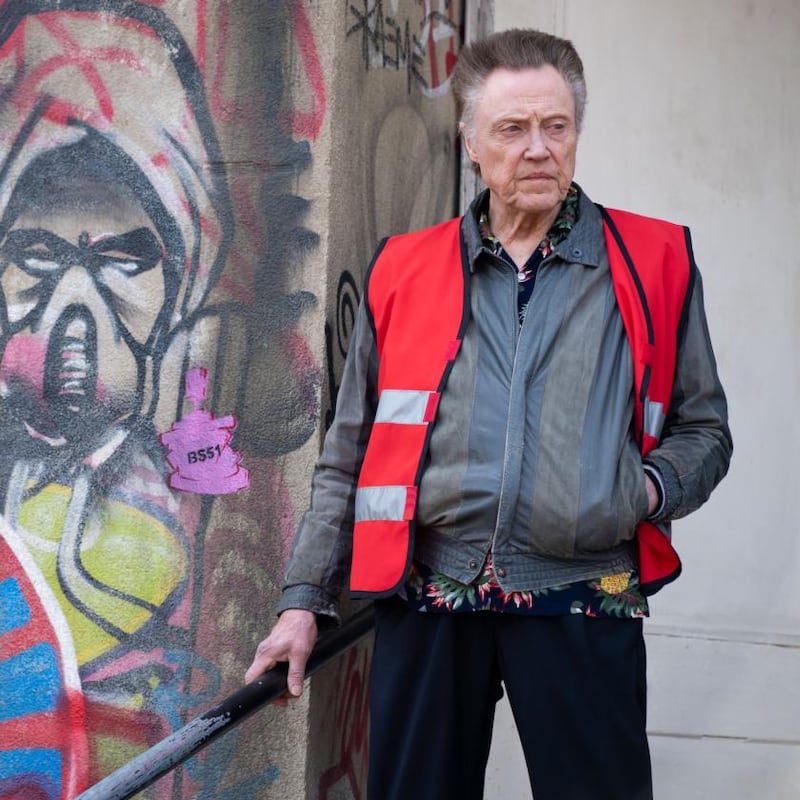With a few swipes of a roller, the actor Christopher Walken has painted over a real Banksy artwork from the side of a building in the finale of the BBC comedy The Outlaws.
Although the street artist’s paintings have fetched millions of euro at auction, Walken unceremoniously wiped out the painting in the last instalment of Stephen Merchant’s comedy-drama, which is set in Banksy’s hometown, Bristol. The episode appeared on BBC iPlayer on Wednesday and will be broadcast on BBC Two on November 29th.
Big Talk Productions, the show’s production company, confirms that the artwork was “an original Banksy” and that Walken painted over it during filming, “ultimately destroying it”. The production company offered no more details, and a representative for Banksy did not respond to a request for comment.



Banksy, one of the world's most expensive artists, has rigidly maintained his anonymity. He has often manipulated the news media with stunts, notably in 2018 when a painting self-destructed moments after it was sold for €1.2 million at auction. That painting, retitled Love Is in the Bin, was recently resold by Sotheby's in London for €21.75 million, a record for the artist.
In the BBC show, which Merchant directs and stars in, Walken’s character, Frank, is ordered to perform community service. He and several other characters don high-visibility vests as they clean up graffiti from a wall on the side of a building in Bristol.
Walken’s character, fulfilling his duties, knocks over a board leaning against the wall, revealing a painted black-and-white rat and two canisters, recognisably in Banksy’s style even if the word “BANKSY” weren’t spray-painted on the wall in orange.
"Look at this rat I found," he says to his supervisor, played by Jessica Gunning, who, thoroughly uninterested, spends her supervision reading with her back turned to the wall. After he explains it was a graffiti rat, not a real one, she responds: "Council said paint over any graffiti, so crack on." "It's awfully good," he protests. "Less debating, more painting," she shoots back. Walken shrugs, and the camera then zooms in on the artwork as he covers it entirely with six strokes. – This article originally appeared in The New York Times











